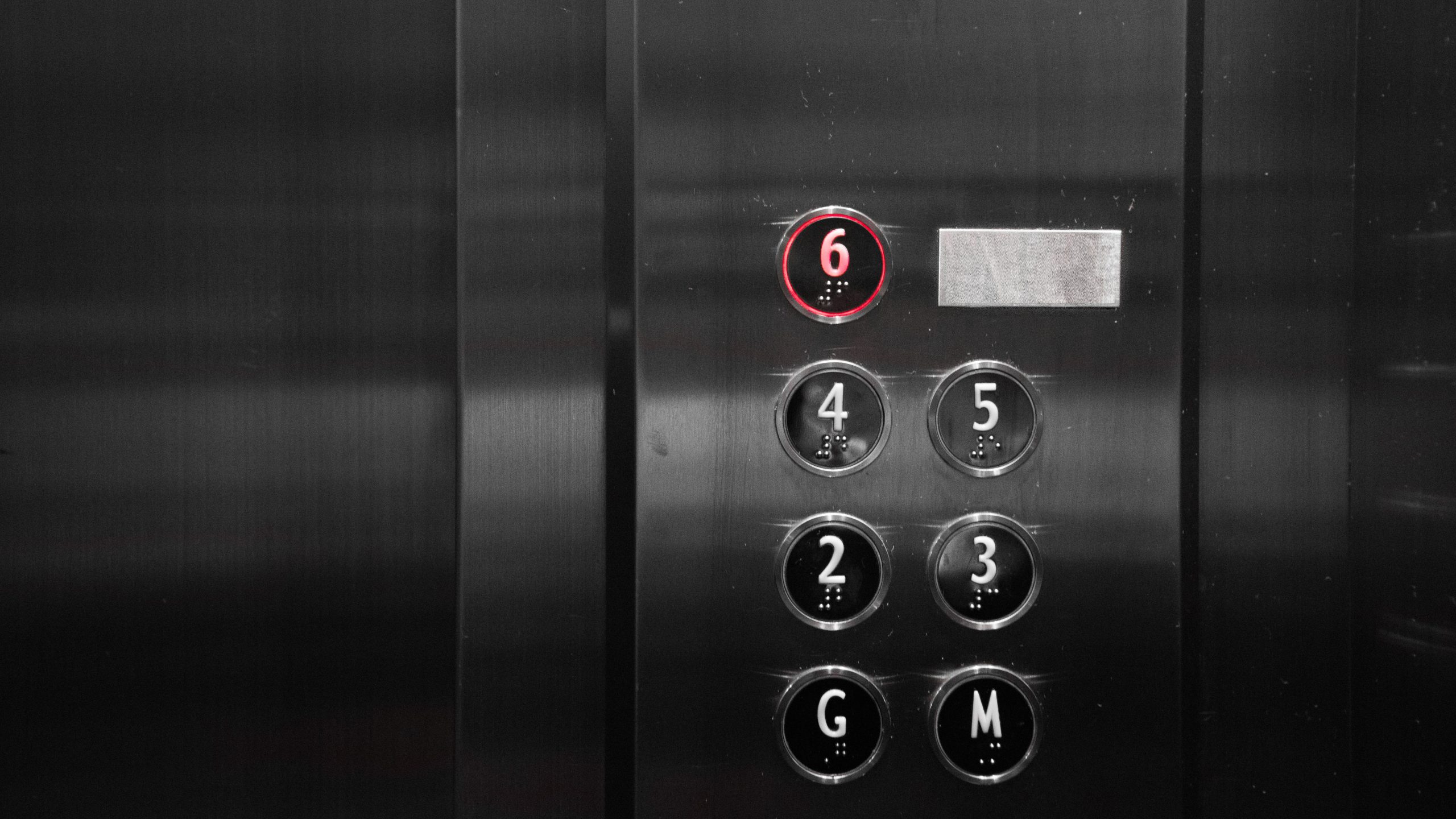1. How often is an elevator serviced?
To make sure all equipment is working properly, Godwin Elevator recommends that an elevator be serviced once a year. Elevators are also inspected annually to ensure passenger safety. If an elevator is more than 20 years old, modernization will likely be recommended. Old equipment not only hinders the elevator’s overall performance but can sometimes create safety risks, so it’s important for old equipment to be evaluated to ensure it meets current safety standards.
2. Can an elevator free-fall
Most elevators are equipped with several safety devices. So, if one fails, there is always backup safety. And despite popular belief, an elevator won’t fall just because it’s overcrowded. In fact, if there is too much weight on an elevator, it typically won’t even begin moving. It will sound an alarm until enough passengers get off that the weight requirements are met. The only situations that could cause an elevator to free fall are fire or structural collapse. One of the most well-known instances was in 1945 when a plane hit the empire state building and severed an elevators’ cables.
3. Are all elevators the same?
The short answer is no. Not only do elevators differ in type – hydraulic versus traction (read more about this on our blog,) but there are also several different categories for elevators:
Passenger: A passenger elevator is one used to carry people. Its primary purposes are convenience and accessibility, and they’re typically designed to carry less weight. Passenger elevators are typically rated somewhere between 2,000 and 3,000 pounds depending on building size.
Freight: Freight elevators are intended to move goods, materials, and equipment only. They move more slowly and operate differently than passenger elevators. Most of the time, freight elevators open vertically while passenger elevators open horizontally. They also require separate buttons for things like calling the car, opening the doors, and closing the doors. This is to allow for greater control over the operation of the elevator. Because freight elevators are built out of necessity, not convenience, they don’t look as aesthetically pleasing and are built to carry heavier loads. Sometimes, the elevator is even customized to accommodate certain equipment.
Limited Use Limited Application (LULA): LULA elevators work like a typical passenger elevator, but they are a bit smaller. They are designed specifically for handicapped residents or visitors to a building. They typically only move two or three stories and are rated for fewer passengers or less weight. Many people opt for one of these types of elevators because they are cheaper and take up less space.
Residential: Residential elevators are the smallest type of elevator and are built into homes for single-family use.
If you have any elevator questions of your own, please contact us today!
